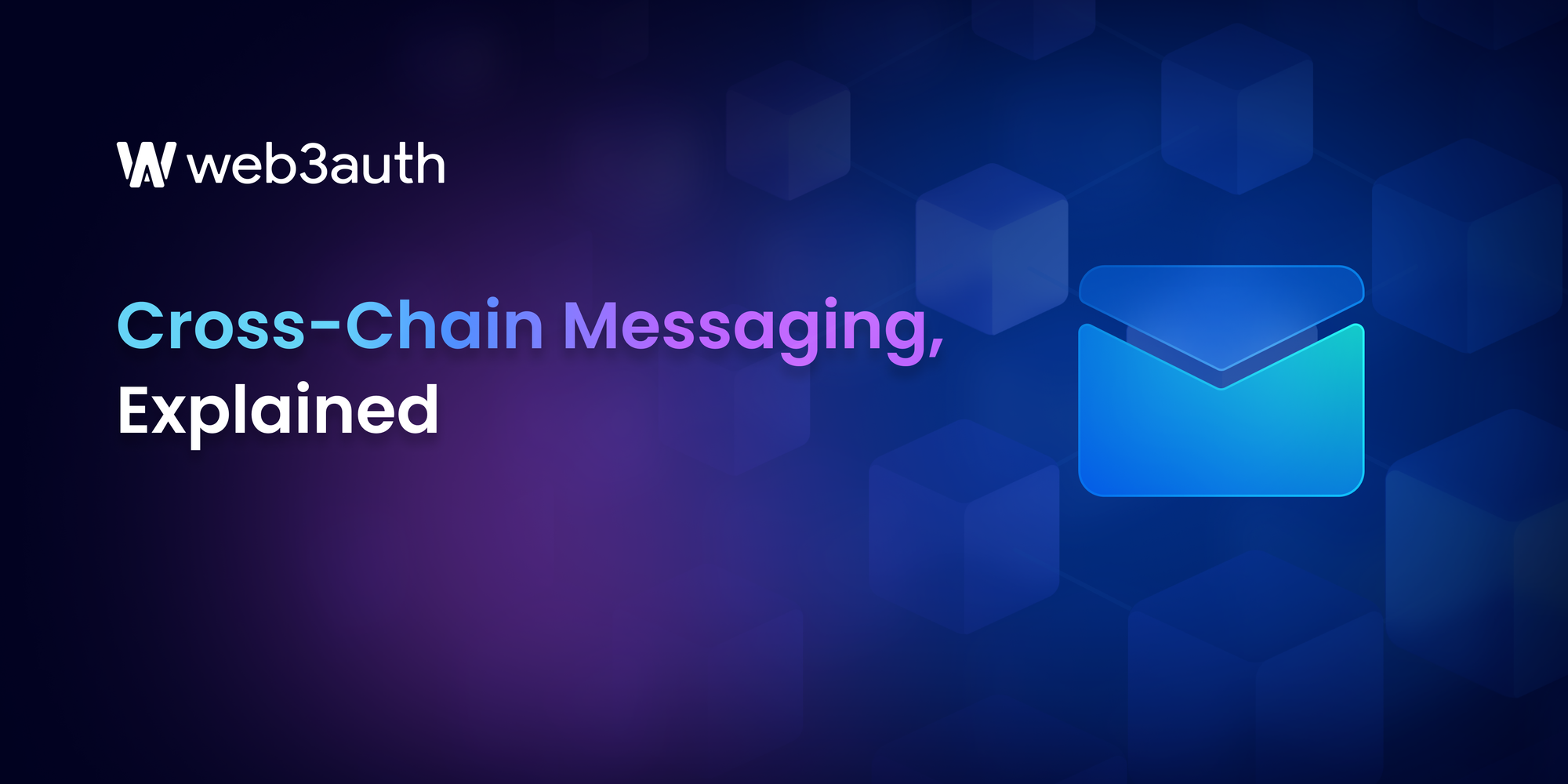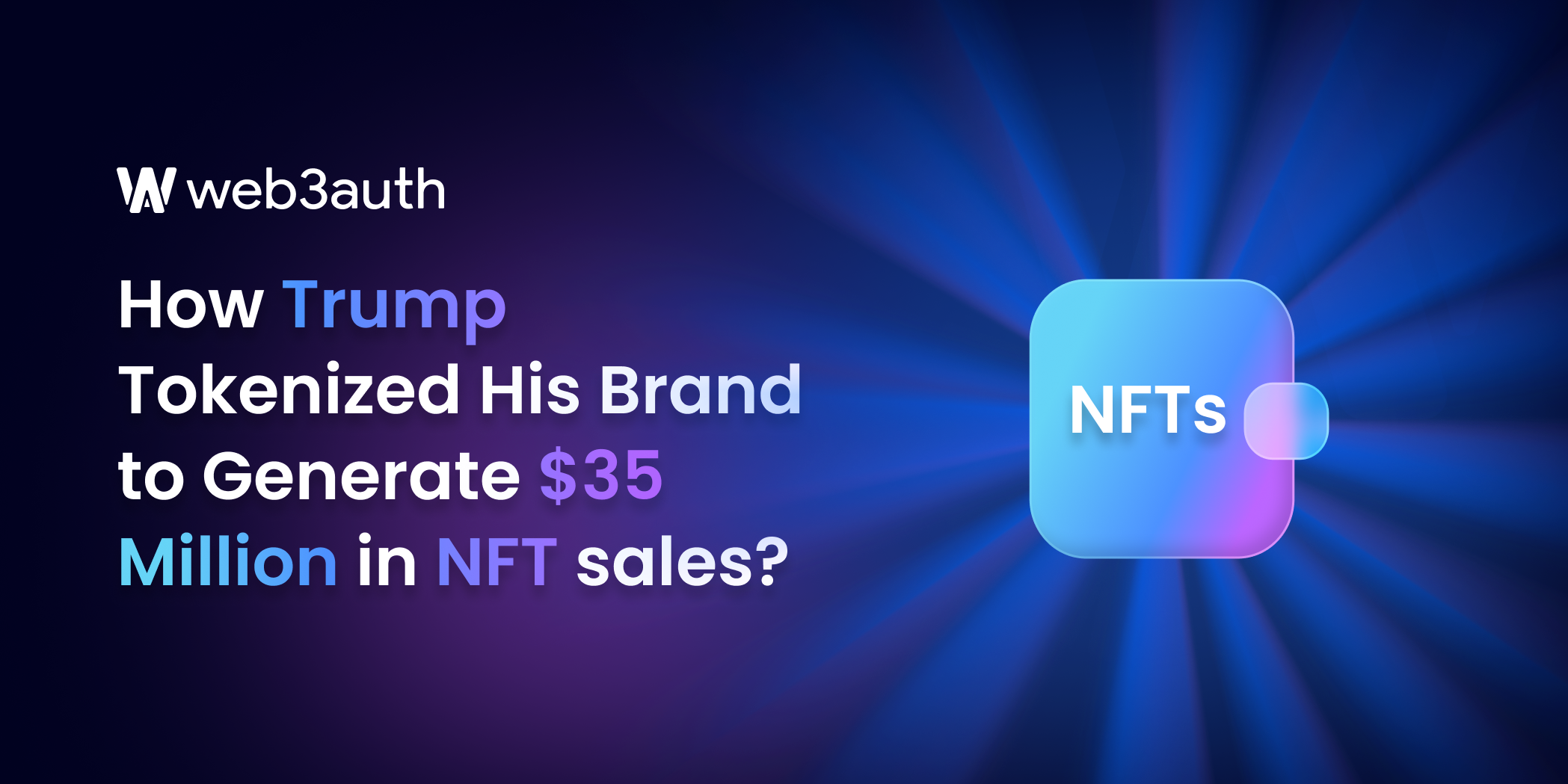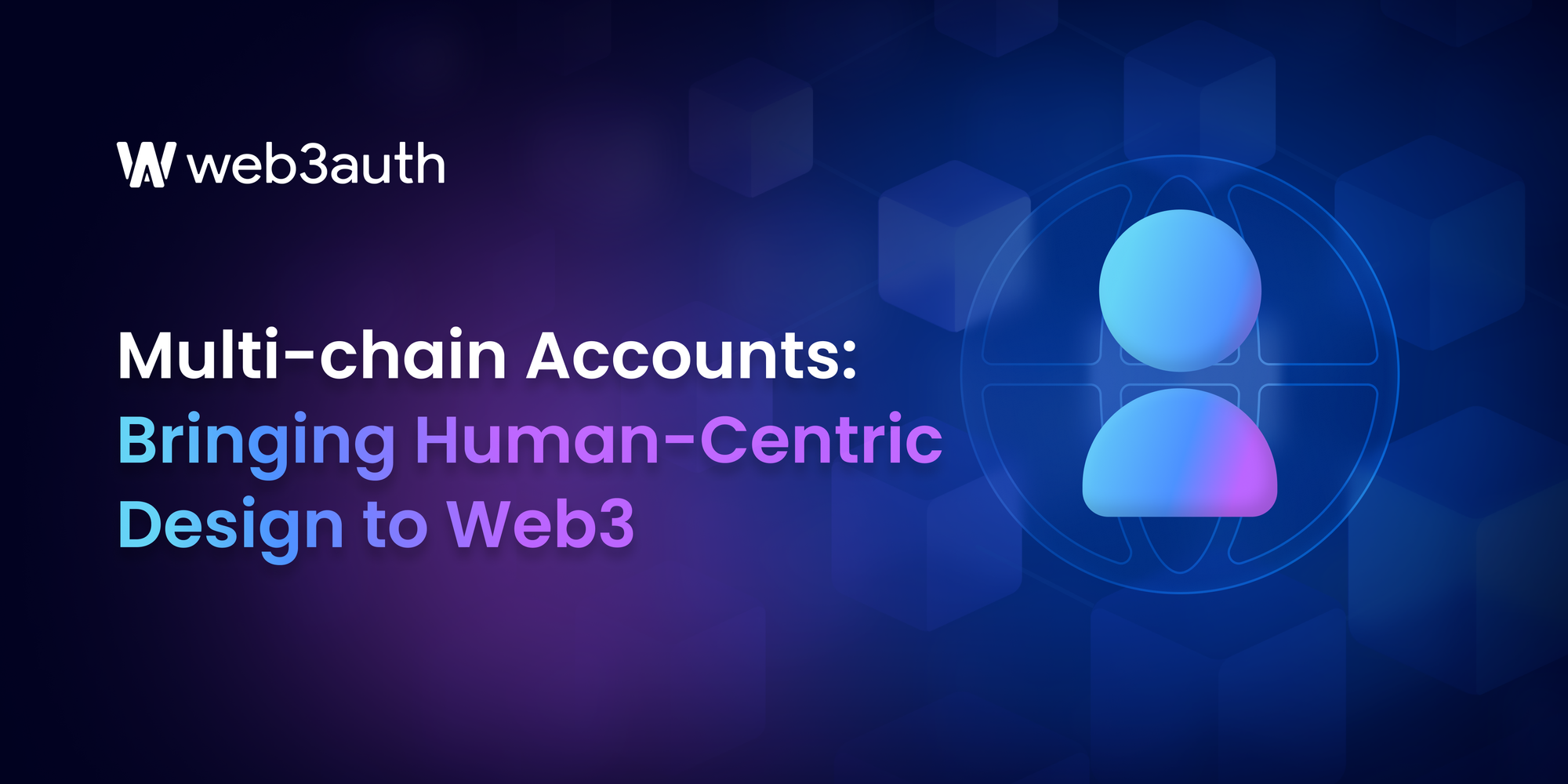On this page
Cross-chain messaging is among the most promising technologies in the blockchain ecosystem, with the potential to unify separate blockchain networks into a cohesive, interoperable system. This technology aims to enable seamless communication and data sharing across different blockchains, which could greatly enhance decentralized finance (DeFi), NFT interactions, and more.
However, while cross-chain messaging holds the promise of a blockchain revolution, it also carries significant challenges — especially in terms of security and scalability. So, is cross-chain messaging ready to live up to the hype, or does it come with challenges that could limit its potential?
The Promise of Cross-Chain Messaging
One of the biggest limitations of blockchain today is its fragmented nature hindering the broader adoption of blockchain technology and preventing seamless interactions across the ecosystem.
Cross-chain messaging, which enables different blockchains to communicate, seeks to bridge this divide. By facilitating data exchange, asset transfers, and even smart contract interactions across chains, cross-chain messaging promises to redefine blockchain functionality in a few key ways:
- Enhanced DeFi Opportunities: Cross-chain messaging can enable DeFi protocols to work seamlessly across chains, allowing users to access lending, borrowing, and trading options from any supported network. This could reduce the isolation of liquidity pools and create a more efficient, interconnected DeFi ecosystem.
- Simplified User Experience: With cross-chain messaging, users would no longer need to navigate complex bridging or swapping processes to manage assets across different blockchains. Instead, users could interact with applications and assets from multiple chains using a single, unified wallet.
- Multi-Chain dApp Development: For developers, cross-chain messaging allows for the creation of multi-chain applications that leverage the unique capabilities of each blockchain. This opens the door to more powerful and adaptable dApps that aren’t limited to a single chain’s features or limitations.
The Different Types of Cross Chain Messaging
Asset Bridges
Asset bridges are one of the simplest and most commonly used forms of cross-chain messaging. These bridges allow tokens to move from one blockchain to another by locking the token on the source chain and minting a “wrapped” version on the destination chain. This process, while straightforward, is essential for bringing assets into other blockchain ecosystems. For example, Wrapped Bitcoin (WBTC) allows Bitcoin to be used on Ethereum, unlocking Bitcoin’s liquidity for use in decentralized finance (DeFi) applications. However, while asset bridges are effective for token transfers, they also introduce security risks, as they often rely on custodial control or semi-centralized intermediaries, which have led to significant exploits and high-profile hacks.
Cross-Chain Smart Contracts
Moving beyond asset transfers, cross-chain smart contract calls enable more complex interactions. They allow smart contracts on one blockchain to trigger actions on another, making it possible for multi-chain applications to exist. For instance, a DeFi protocol could use cross-chain messaging to access liquidity from multiple blockchains, enabling larger pools of capital without requiring manual intervention.
Protocols like Cosmos’ Inter-Blockchain Communication (IBC) and Chainlink’s Cross-Chain Interoperability Protocol (CCIP) facilitate these smart contract interactions, providing the infrastructure needed for multi-chain DeFi protocols, interoperable NFTs, and cross-chain decentralized autonomous organizations (DAOs).This functionality requires consistent data synchronization and high security standards to prevent vulnerabilities across the connected chains.
Relay Chains
Some blockchain networks, such as Polkadot rely on relay chains to enable secure cross-chain messaging within their ecosystems. This hub-and-spoke model allows “parachains” or “zones” to connect to a central relay chain that acts as a communication hub, enabling secure interaction between the connected chains.
For example, Polkadot’s relay chain allows parachains to communicate and share assets, while Cosmos uses its Cosmos Hub and IBC to facilitate inter-chain messaging within its network. Relay chains are efficient within their own ecosystems, enabling secure, high-speed cross-chain communication, but they’re typically limited to chains within the same network. This can create challenges when connecting to major external blockchains, like Ethereum or Bitcoin, which are not natively part of these ecosystems.
Oracles
Oracles play a crucial role in cross-chain messaging by delivering real-world data to blockchain networks and enabling data sharing across chains. Oracles bridge the gap between blockchains and external data, feeding smart contracts with necessary information such as asset prices, weather data, and event outcomes.
For example, Chainlink’s oracles can provide a consistent price feed across multiple blockchains, allowing DeFi protocols on various networks to rely on the same data for accurate pricing and asset valuation. Oracles are especially useful for applications like lending, insurance, and prediction markets, where reliable real-world data is essential. However, oracles introduce dependencies on external sources, which require strong security measures to prevent data manipulation and ensure data integrity across chains.
Atomic Swaps
Atomic swaps enable trustless asset exchanges across blockchains without requiring intermediaries. Using a mechanism called Hash Time-Locked Contracts (HTLCs), atomic swaps allow two parties to exchange assets between chains without relying on third-party control. For example, a user can swap Bitcoin for Ethereum through an atomic swap, with the swap contract ensuring that either both parties receive their assets or neither does.
This is particularly useful for decentralized exchanges or users who want to transfer assets without trusting a centralized bridge. However, atomic swaps are limited to simple, one-time asset exchanges and require both chains to support specific contract functionalities, which can restrict compatibility across different networks.
Distributed Validator Networks
For enhanced security and decentralization, some cross-chain messaging protocols use decentralized validator networks. In these networks, a group of independent validators confirms cross-chain transactions, reducing single points of failure and making cross-chain interactions more resilient to attacks. For example, NEAR’s validator network is used to secure its cross-chain bridge (Rainbow Bridge) between NEAR and Ethereum.
The decentralized nature of NEAR’s validators helps ensure that assets and data can flow securely between NEAR and Ethereum without reliance on a centralized entity. However, they also require extensive resources and coordination to achieve consensus, which can introduce delays and increase transaction costs.
The Challenges of Cross-Chain Messaging
My argument for why the future will be *multi-chain*, but it will not be *cross-chain*: there are fundamental limits to the security of bridges that hop across multiple "zones of sovereignty". From https://t.co/3g1GUvuA3A: pic.twitter.com/tEYz8vb59b
— vitalik.eth (@VitalikButerin) January 7, 2022
Despite its potential, cross-chain messaging faces substantial hurdles that could hinder its success. The biggest challenges relate to security vulnerabilities and scalability limitations.
1. Security Risks: Vulnerability to High-Profile Hacks
Security is one of the most pressing concerns surrounding cross-chain messaging. Cross-chain protocols are vulnerable to attacks, especially bridge hacks—where attackers exploit weaknesses in the bridge technology that locks assets on one chain and mints equivalent assets on another. This kind of vulnerability has led to some of the most high-profile incidents in the blockchain space.
According to data from Chainalysis, more than $2 billion was stolen in cross-chain bridge hacks in 2022 alone. High-profile hacks, such as those on the Poly Network and Wormhole protocols, have demonstrated just how attractive cross-chain bridges are to attackers. These hacks typically exploit the third-party validators, oracles, or smart contracts that are often used to facilitate transactions between chains, making them single points of failure in otherwise decentralized systems.
2. Scalability Challenges: Cost and Latency Concerns
Another key challenge for cross-chain messaging is scalability. Moving data or assets between blockchains is resource-intensive, often leading to increased transaction fees and network congestion. This can result in prohibitive costs for users, especially when they must pay transaction fees on both the origin and destination chains, as well as fees for intermediaries that handle the cross-chain process.
These scalability issues raise questions about whether cross-chain messaging can handle the needs of a growing blockchain ecosystem. With over 100 active blockchain networks supporting unique applications, scaling cross-chain messaging to meet demand may require significant advancements in efficiency.
High Risk, High Reward?
Cross-chain messaging’s potential to unify blockchains into a cohesive, interoperable system is certainly alluring, but it’s not without its drawbacks. As blockchain networks grow in number and complexity, the pressure to create secure and scalable cross-chain solutions will only intensify.
The future of cross-chain messaging will depend on the industry’s ability to address these challenges through robust security measures, decentralized validation models, and innovative scaling solutions. For now, cross-chain messaging stands at a pivotal juncture—a high-risk, high-reward technology with the potential to lay the foundation for a truly interconnected blockchain ecosystem.








